Full disclosure: I don’t know anything about editing. Absolutely nothing. But I figured that was all the more reason to take on the challenge and edit my own film. Here are six things I learned in the process.
#1 Have a plan for your edit when you are making your shotlist.
Here’s an admission right off the bat. When I was making my shotlist I thought more in terms of ‘adequate coverage’ than I did ‘interesting editing’ – and it shows. I felt confident that the shots we had planned for would give me plenty of options in the editing room, and it did, but those options weren’t necessarily interesting. I now know that I should have more carefully considered not only what was needed to keep continuity, but also what shots would help me tell the story I wanted to.
#2 Don’t take slating lightly – organization is key to efficient editing.
We did this one right. Yay. As I was first looking through every single take to find my favorites, and then later matching my selections with their corresponding audio, I realized how important the meticulous organization of shots, slates, file numbers, file names and hard drive labeling was for my workflow. We had a couple of shots with no slate – shots we had needed to grab on the go – and even though they only make up a tiny fraction of the many shots I ended up using in my edit, they stand out as unnecessarily time consuming simply because they interrupted my workflow. So stay organized. It’ll save you time and headache.
#3 Don’t yell ‘CUT!’ when you feel the urge – wait a second.
I found myself in this situation more than once: I had found the takes I wanted to use, but had to either make faster cuts than I wanted to or make compromises with the audio, because ‘CUT!’ was heard in the background or – even worse – interrupted an actor’s thought process. My take-away here is a reminder to not get too caught up in the actions of a scene, but rather the thoughts that drive those actions in the actors. Sometimes it takes a second to finish a thought and sometimes it’s only after finishing the thought that we get a spontaneous reaction. And that’s the stuff we wanna catch on camera. So fight the urge to yell ‘CUT!’ too soon. It’ll give you more interesting options in editing.
#4 Cheat when shooting scenes with overlapping dialogue.
And by cheat I mean creating movie magic, not necessarily by being creative but rather by being methodical. If you are shooting a scene with a lot of dialogue – some of which is overlapping – say, in an argument or any other scenario where you envision a lot of cuts back and forth, do yourself a favor and do just a couple of extra takes with clean dialogue. On set, this means asking your actors to perform the scene exactly the same way they’ve done for the past two setups, except this time they’re not allowed to interrupt each other. Even if the script calls for interrupted speech, try a take where the dialogue is delivered just as if it is interrupted, but with a split second of air between the back-and-forth. Editing the audio without compromising on which takes to match will be so much easier.
#5 Kill your darlings.
It’s as true in editing as it is in writing. Sometimes your favorite take just doesn’t fit. Sometimes you need to cut a line or a look or a reaction in order to speed up the action. Sometimes what you thought was brilliant writing just didn’t deliver on camera. Kill it. Cut it. Don’t be sentimental about it. If you’re killing a darling for the betterment of the story, your audience will never miss it in the first place.
#6 F*&k the rules. Cut with your gut.
Alright, this one kinda sorta contradicts the very first thing on this list, but hear me out. Even if you have planned out your shots with a certain edit in mind, try not to be too attached to the rules of standard editing. Try cutting for the reactions rather than for the deliveries. Or try holding on a character a little longer than you probably should. Do split screens. Use jump cuts. Mess up time. If you like what you’re seeing, that’s really all that matters.
The film in question here, by the way, is called (Im)moral. Coming soon to a film festival near you. Also, all editing (both video and audio) – as well as color grading – was done in Final Cut Pro X with very little prior knowledge of how to use the program. It’s easy. There are no excuses not to do it.

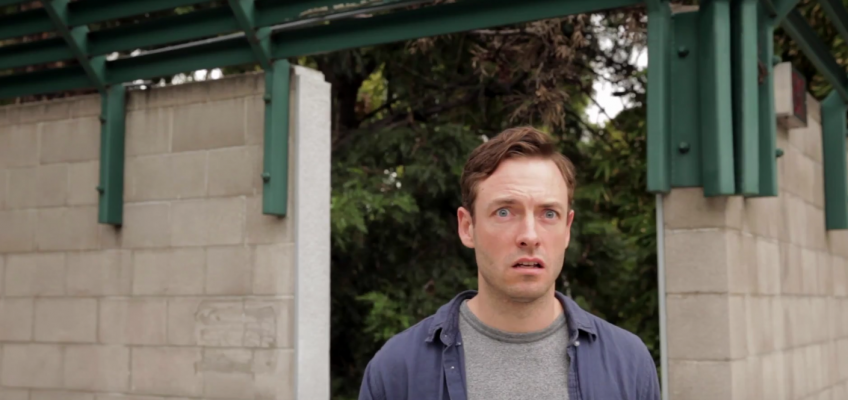
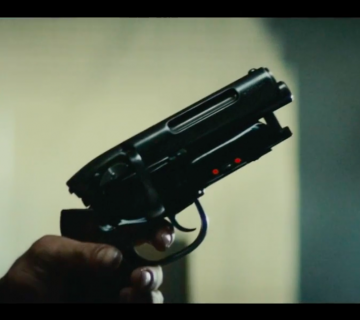

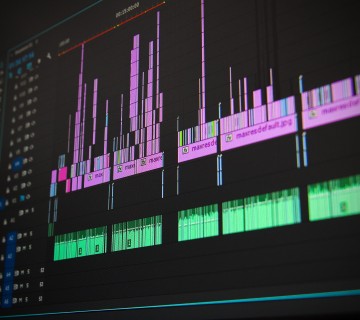
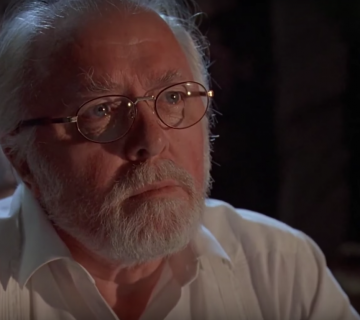
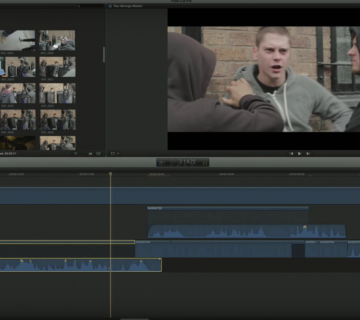
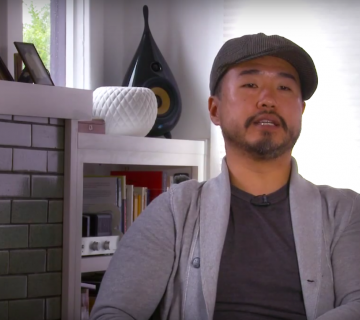

Join the Conversation →